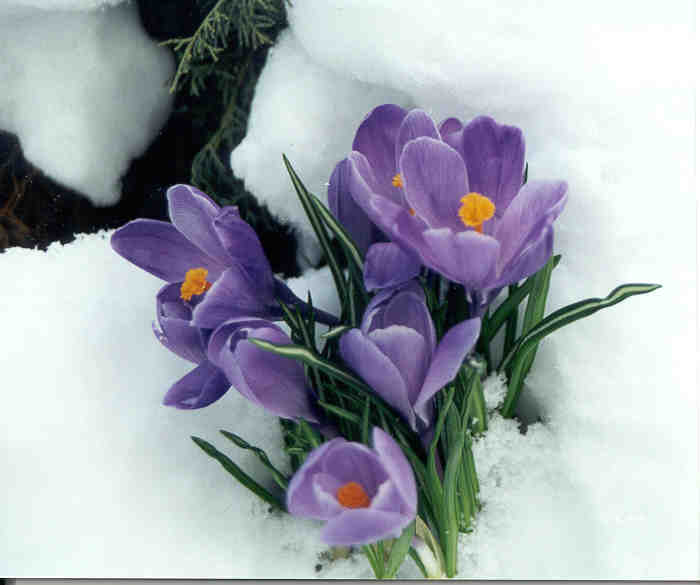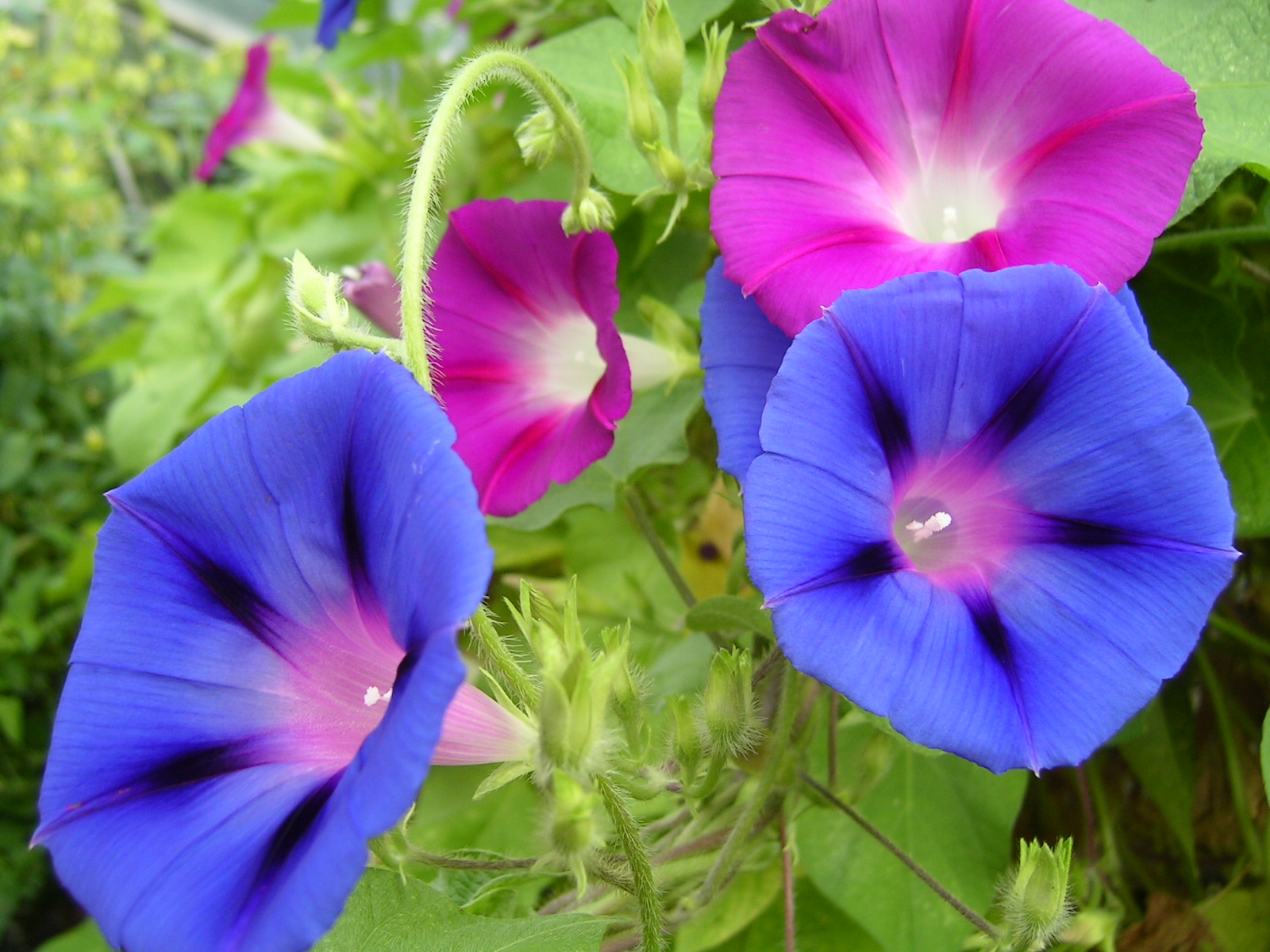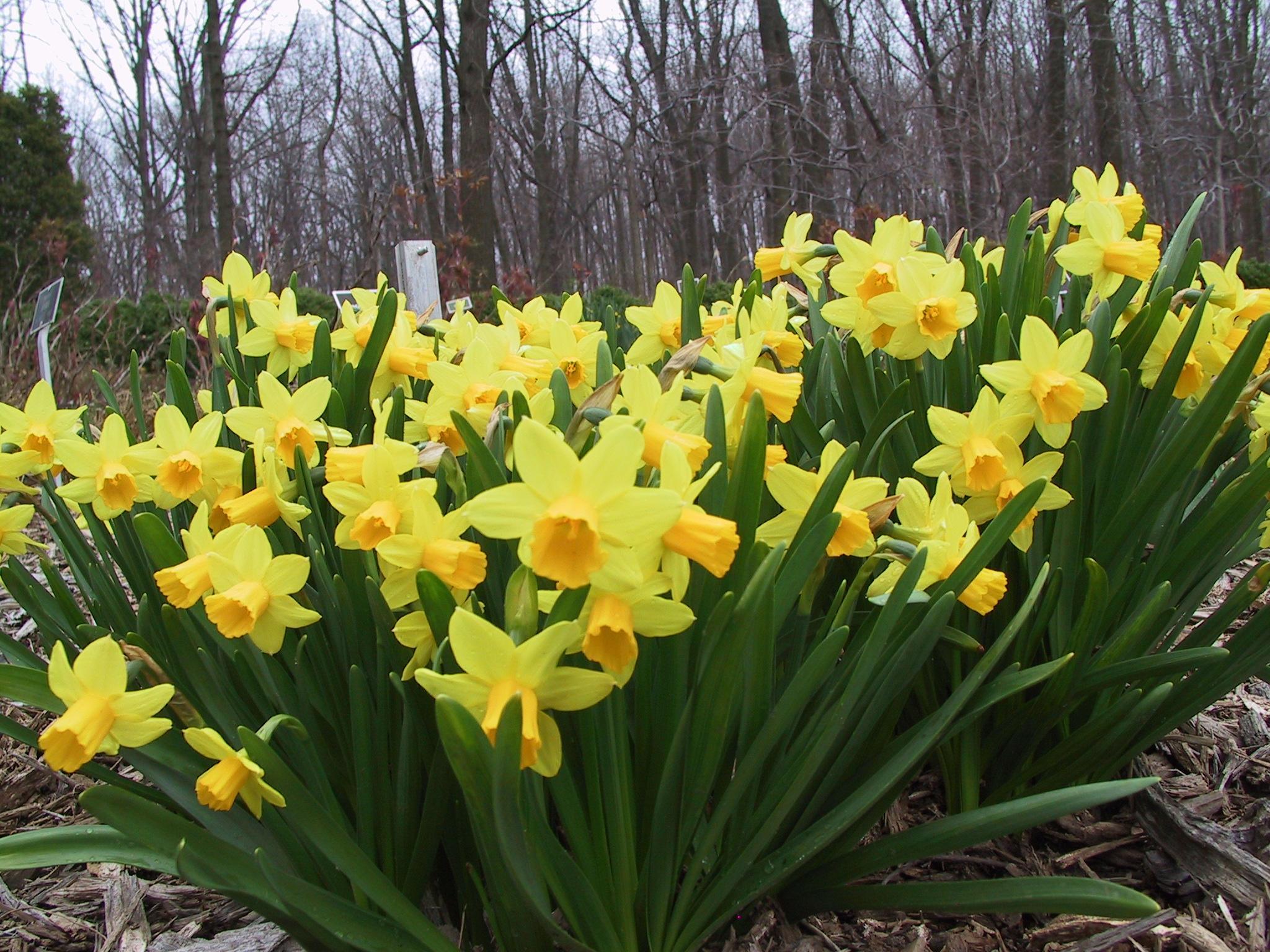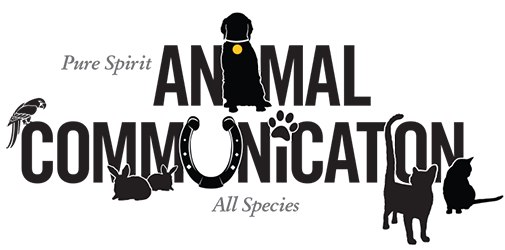Plant a Pet-Safe Flower Garden
By: Trish Phillips
 Many of our pets enjoy being outside in the warm spring and summer months, too, so some thought must be given to their safety in the lawn and garden. With a little careful planning, you and your pet can enjoy a safe and relaxing garden environment. Whether you're planning a large garden to feed the family or decorating a small space with hanging baskets and containers, here are a few factors to consider.
Many of our pets enjoy being outside in the warm spring and summer months, too, so some thought must be given to their safety in the lawn and garden. With a little careful planning, you and your pet can enjoy a safe and relaxing garden environment. Whether you're planning a large garden to feed the family or decorating a small space with hanging baskets and containers, here are a few factors to consider.
Plant Selection
Plants and flowers are nature's attention getters. Their fragrance, appearance, and shade are natural attractants for you and your pet. Curiosity often leads pets to consume the flowers and foliage of ornamental plants, which can produce irritating and sometimes life-threatening side effects. When planning your garden, select plants that are non-toxic to touch or consumption.
The 10 Least Wanted
The following is a list of plants that is best to avoid altogether due to their toxic nature. It is not a comprehensive list, if you are considering any plant of which you are unsure; consult your local plant nursery.
 Castor bean (Ricinus communis)
Castor bean (Ricinus communis)- Oleander (Nerium oleander)
- Morning Glory (Ipomea sp.)
- Japanese Yew (Taxus cuspidata)
- Jerusalem Cherry (Solanum pseudocapsicum)
- Foxglove (Digitalis purpurea)
- Nightshade (Atropa belladonna)
- Lily of the Valley (Convallaria majalis)
- Precatory Beans (Arbus precatorius)
- Trumpet vine (Campsis radicans)
Flowers That Can Harm Your Pets
The Pet Poison Helpline in Minneapolis lists these flowers as specifically dangerous to pets:
- Tulips and Hyacinth - While the flower and greens of these spring plants are generally less toxic, the bulbs contain the concentrated toxic principle called allergenic lactones or alkaloids, respectively. Make sure to store these properly in the garage prior to planting, and that your dog isn't digging them up out of the garden.
 Daffodils - Ingestion of the bulb, plant or flower can cause severe vomiting, diarrhea, abdominal pain and even possible respiratory depression due to the toxin lycorine. While both dogs and cats can be poisoned by this, dogs typically are the ones digging these up and eating them.
Daffodils - Ingestion of the bulb, plant or flower can cause severe vomiting, diarrhea, abdominal pain and even possible respiratory depression due to the toxin lycorine. While both dogs and cats can be poisoned by this, dogs typically are the ones digging these up and eating them.
- Lilies - There are dangerous and benign lilies, and it is important to know the difference for your cat's sake. Peace, Peruvian, and Calla lilies cause tissue irritation to the mouth, tongue, pharynx, and esophagus, resulting in minor drooling. The more dangerous, potentially fatal lilies include Tiger, Day and Asiatic lilies.
- Easter and Japanese Show lilies - are highly toxic to cats. Even small ingestions, such as two or three petals or leaves, or even the pollen, can result in severe kidney failure.
- Crocus - There are two types of Crocus plants: one that blooms in the spring and the other in the autumn. The spring plants are more common, and ingestion can cause mild vomiting and diarrhea. However, the Autumn Crocus is highly toxic and can cause severe vomiting, gastrointestinal bleeding, liver and kidney damage, and respiratory failure. Signs may not be seen immediately but can be delayed for days.
Click here for pet-safe suggestions for flowers to plant based on the amount of sun your flower garden gets during the day. Next month, we'll cover some pet-safe options for your vegetable garden.
Sources:
ASPCA (www.aspca.org)
Cornell University Department of Animal Science (http://www.ansci.cornell.edu/plants/)
HGTV (www.hgtv.com)
Pet Poison Helpline (www.petpoisonhelpline.com)

